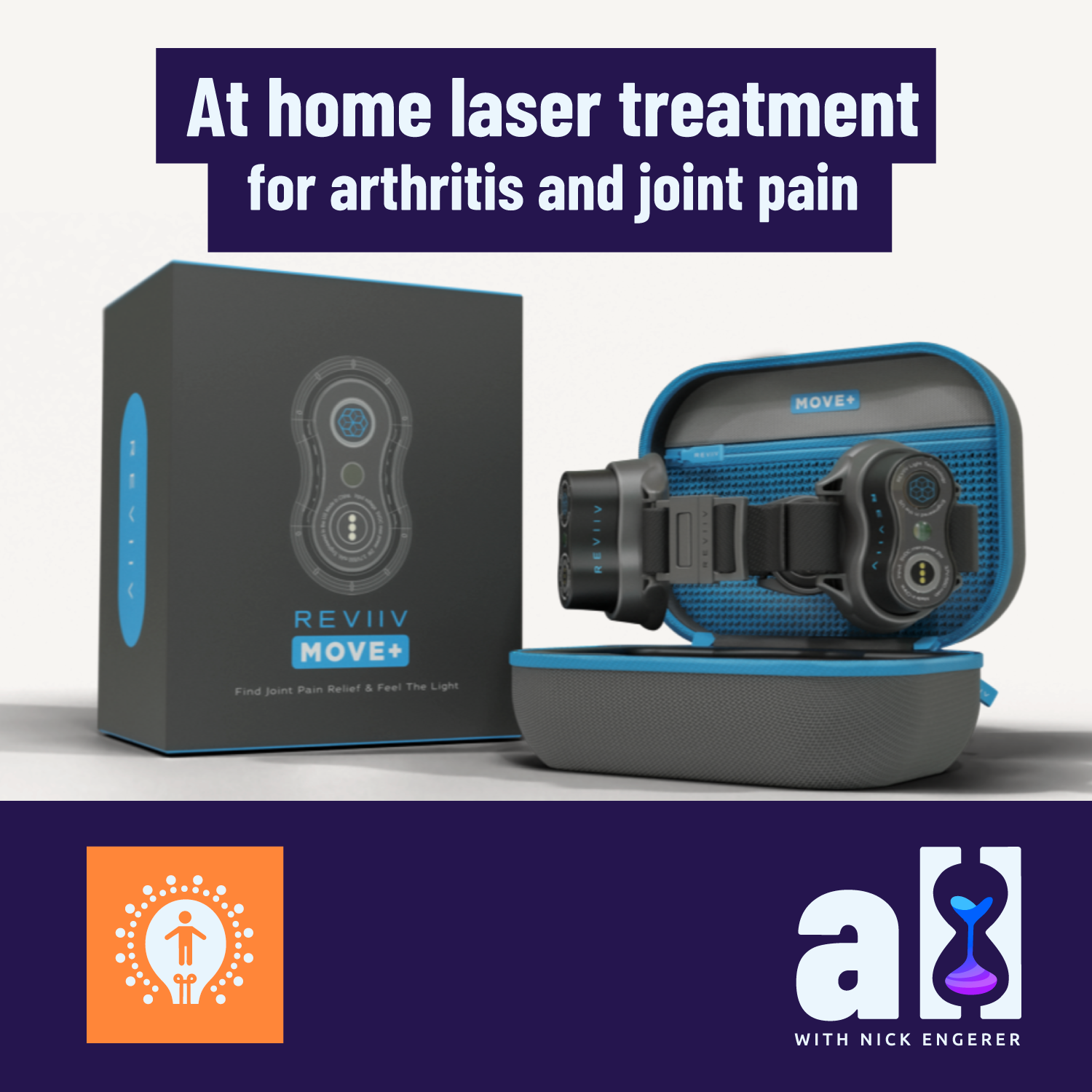
At home laser treatment for arthritis and joint pain with the Kineon Move+
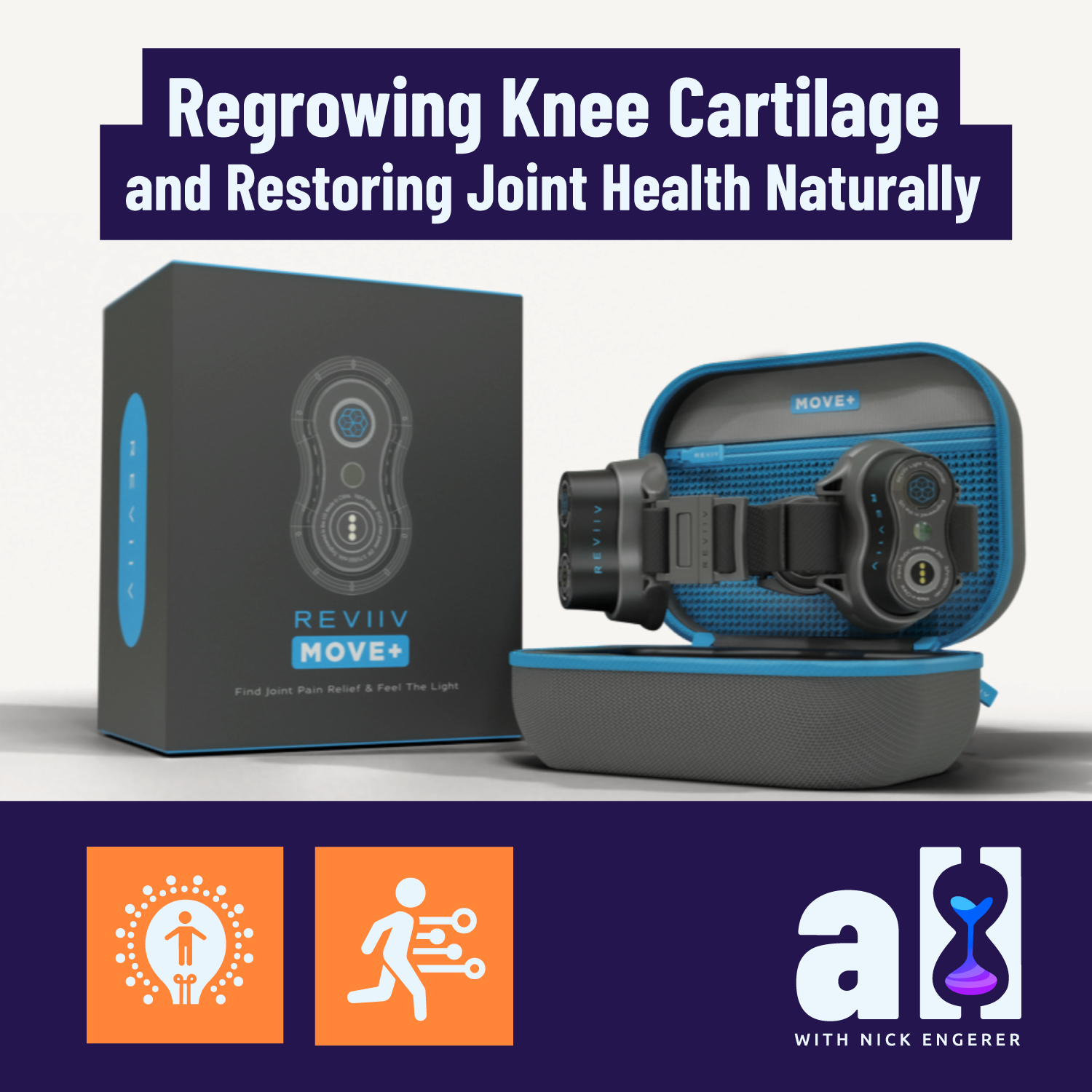
Regrowing knee cartilage and restoring joint health naturally. An interview with Kineon CEO Forrest Smith - Part 1
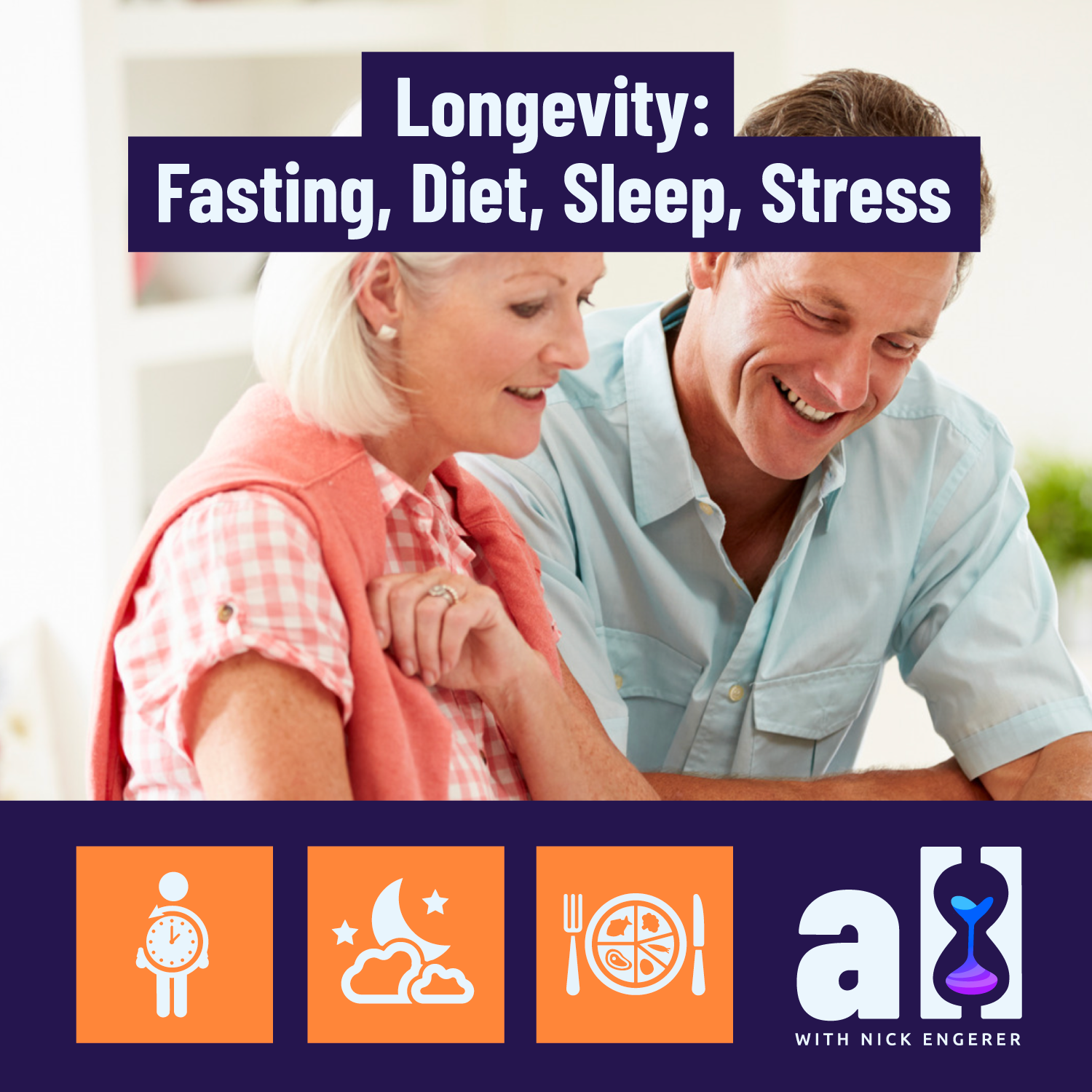
Longevity: Fasting, diet, sleep, stress - How to personalise your approach
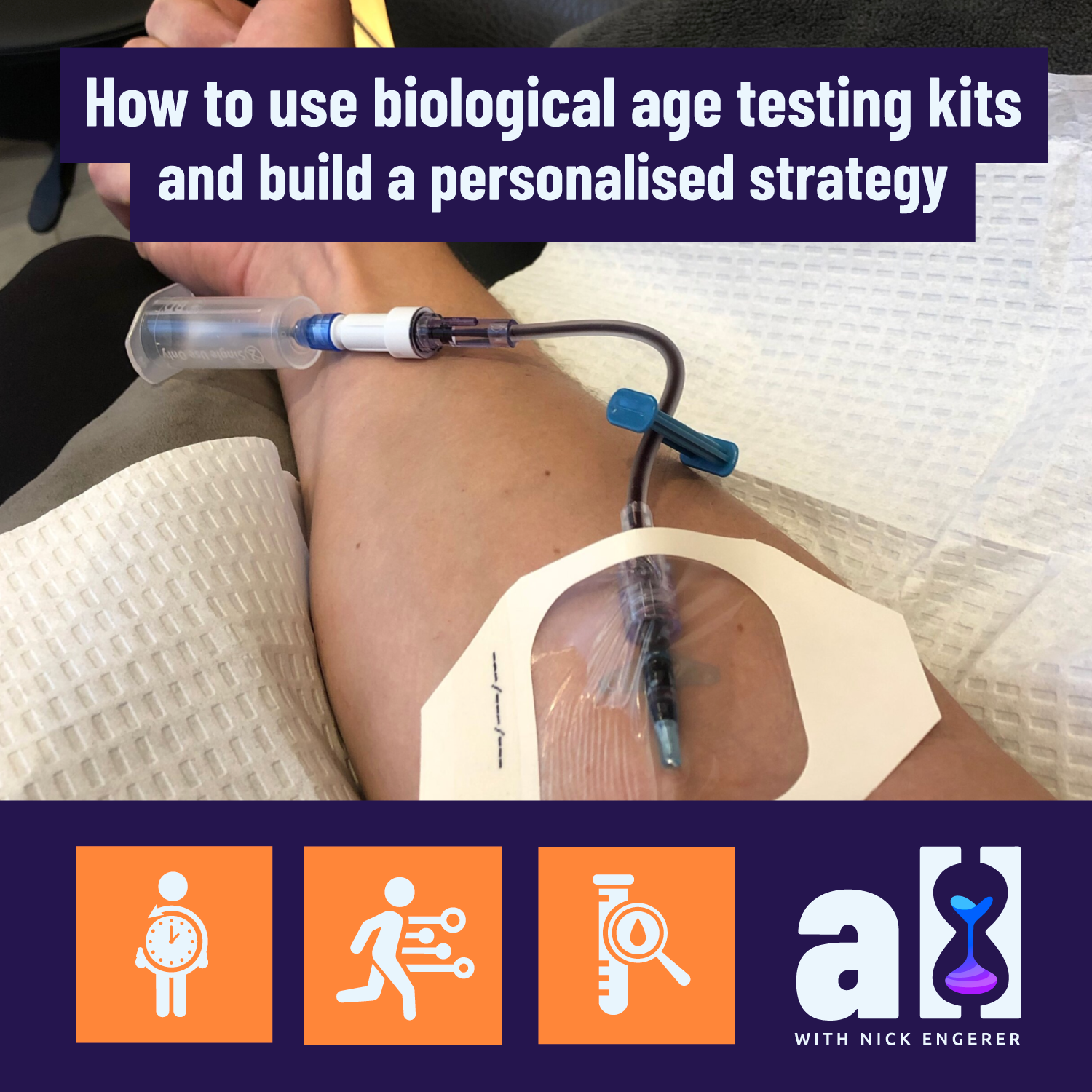
How to use biological age testing kits and build a personalised longevity strategy

Increasing plant diversity improves GlycanAge significantly - A self-experiment
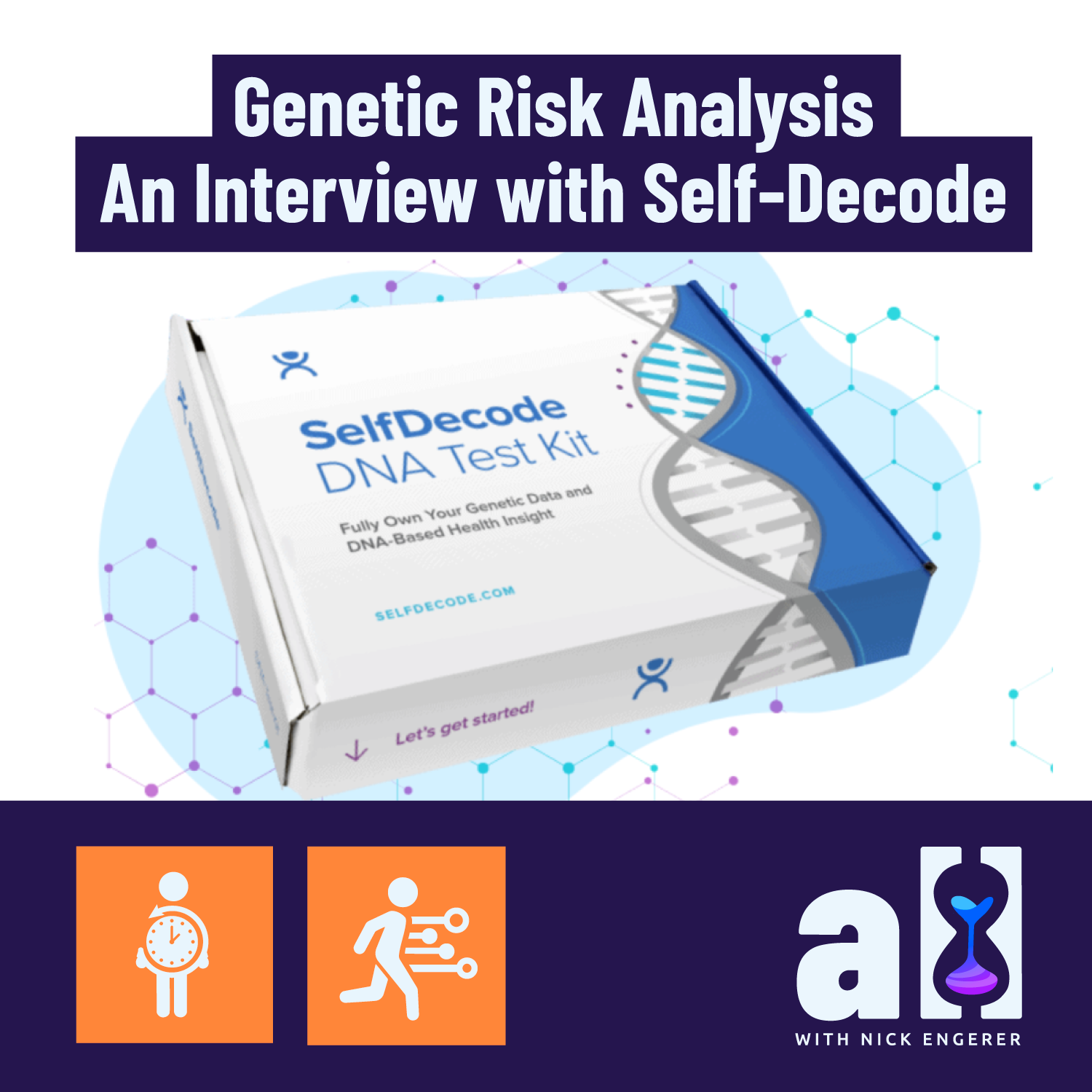
Genetic risk analysis for longevity: An interview with self-decode Founder Joe Cohen
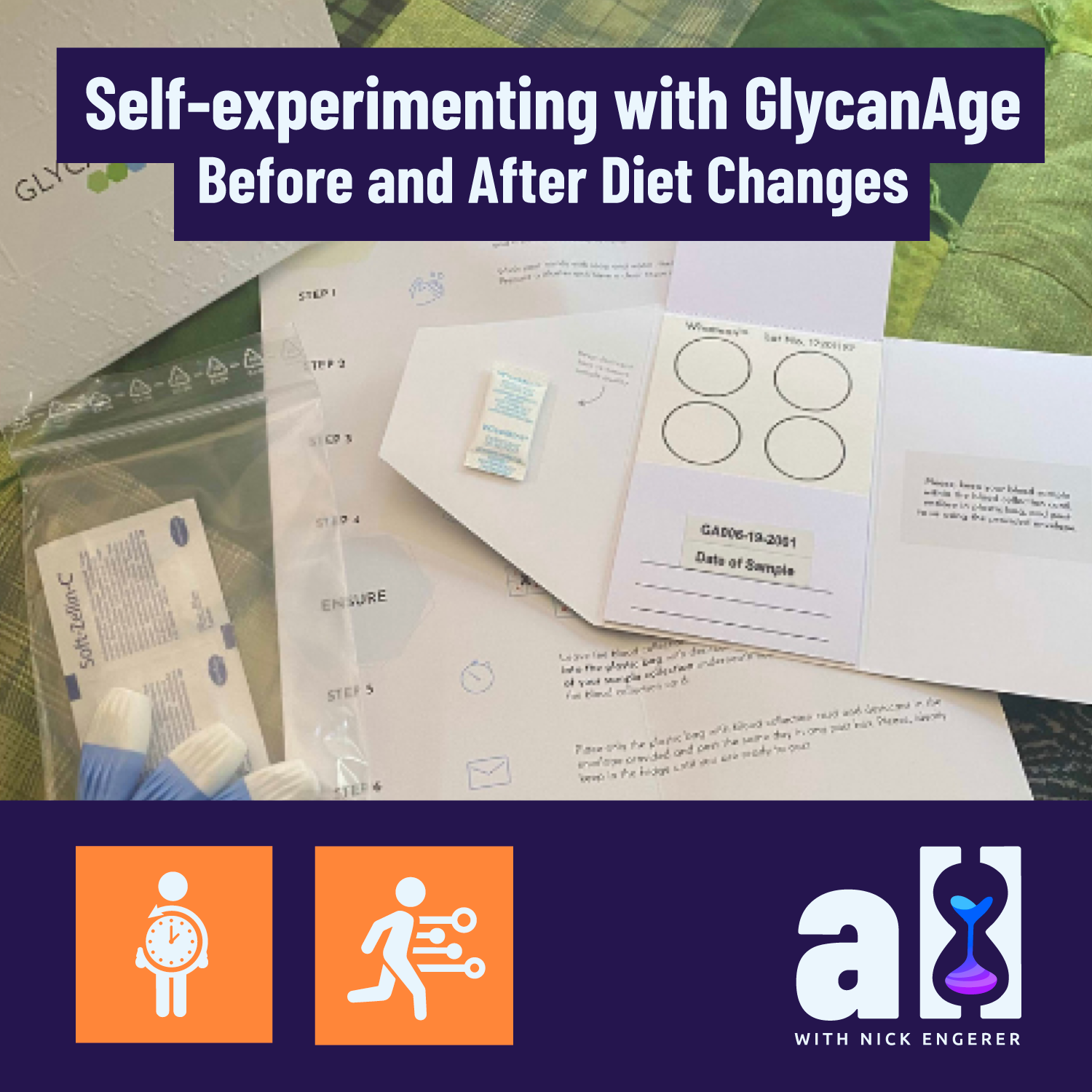
Self-experimenting with GlycanAge - Before and after diet changes
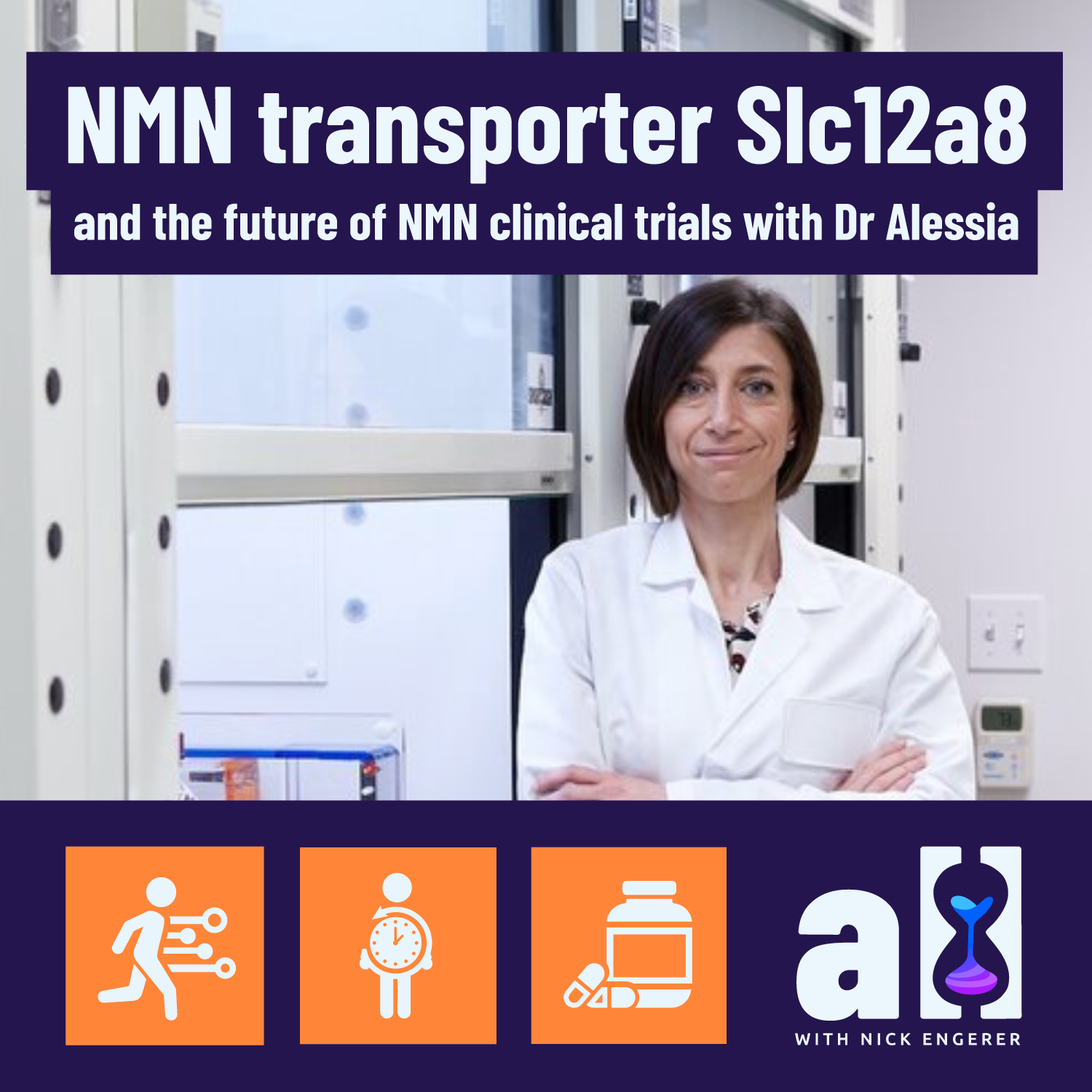
NMN Transporter Slc12a8 and the future of NMN clinical trials with Dr Alessia Grozio
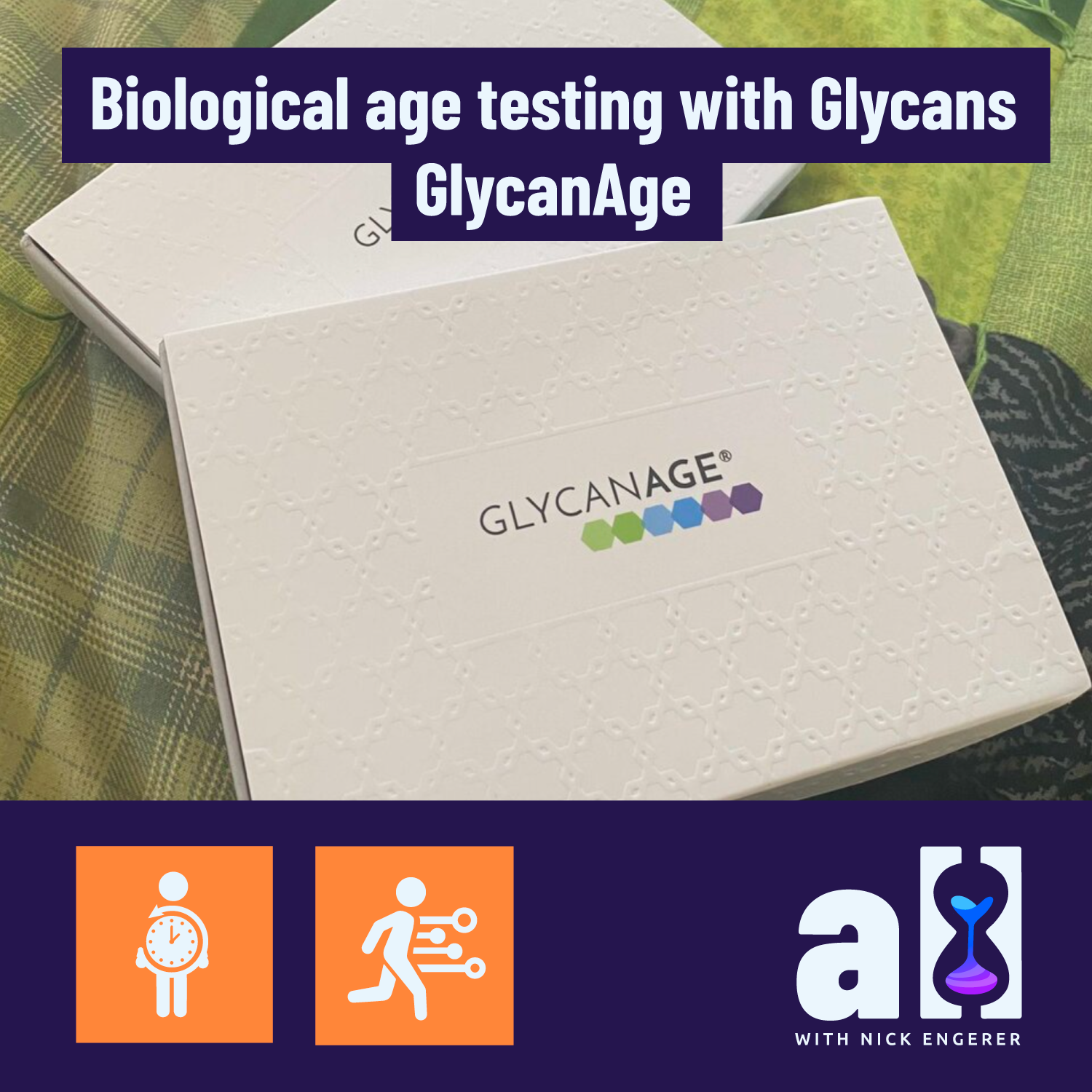
Biological age testing with Glycans - GlycanAge
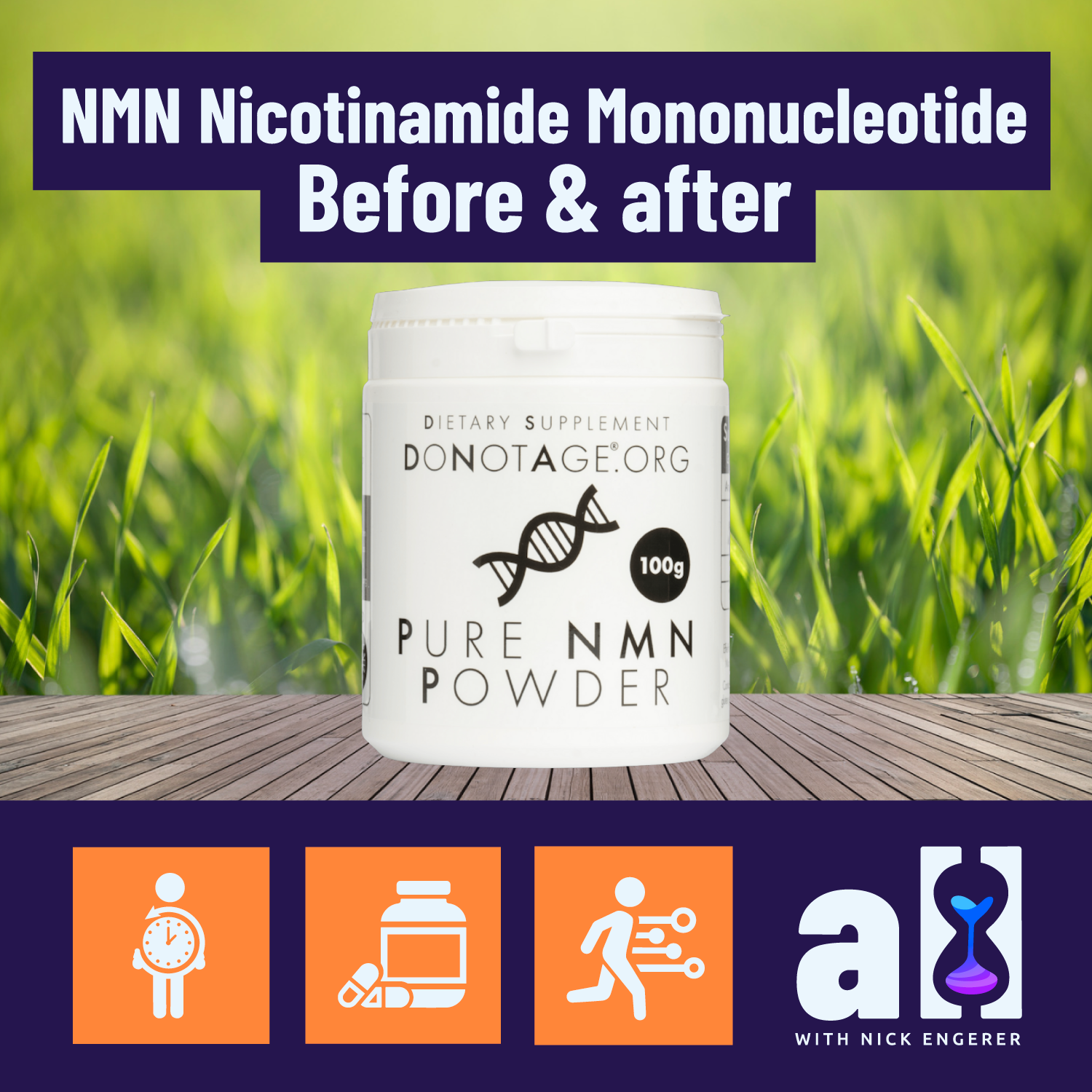
NMN Nicotinamide Mononucleotide before and after

NMN-C, Elevant and the future of NAD boosters: An interview with Dr Eric Verdin
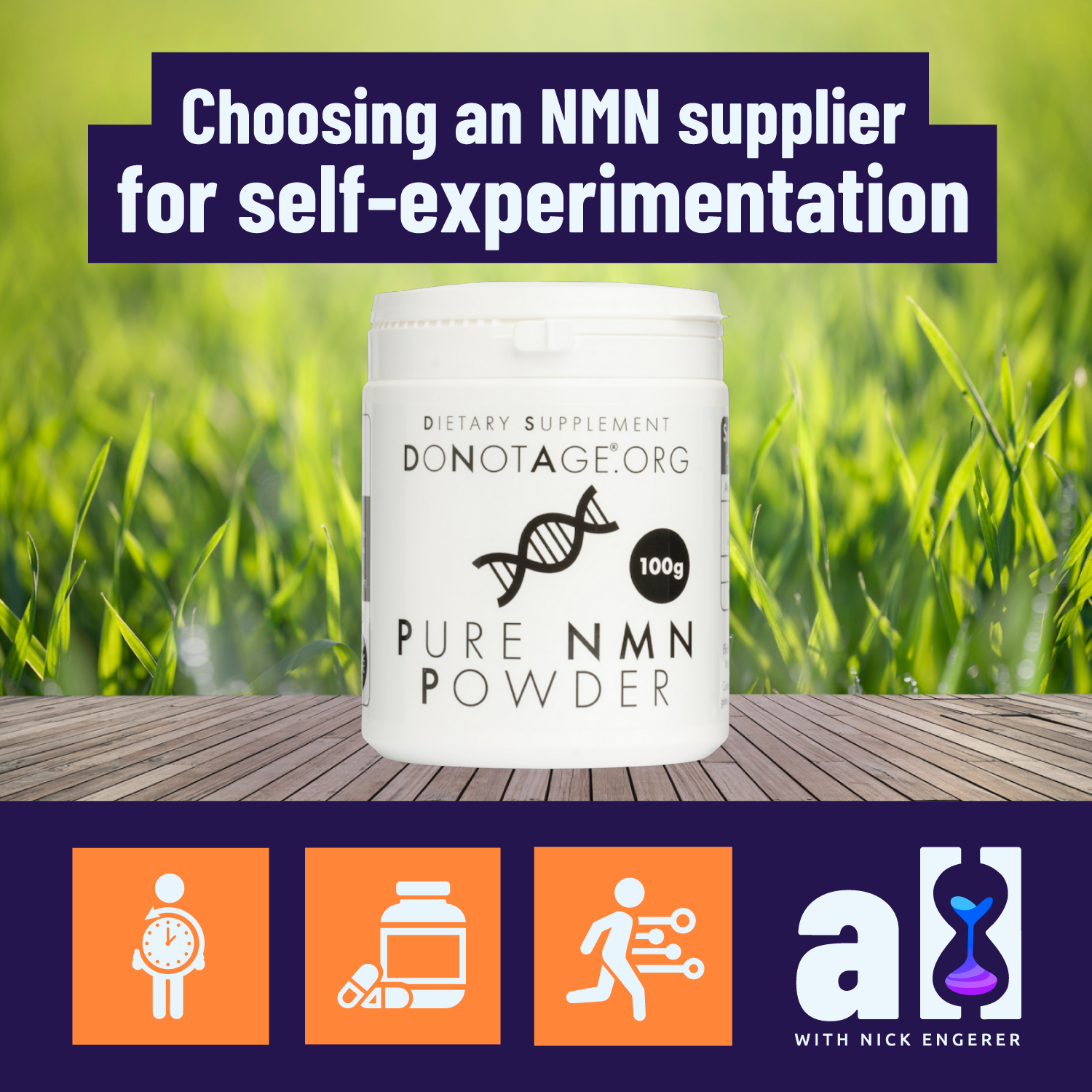
Choosing an NMN supplier for self-experimentation
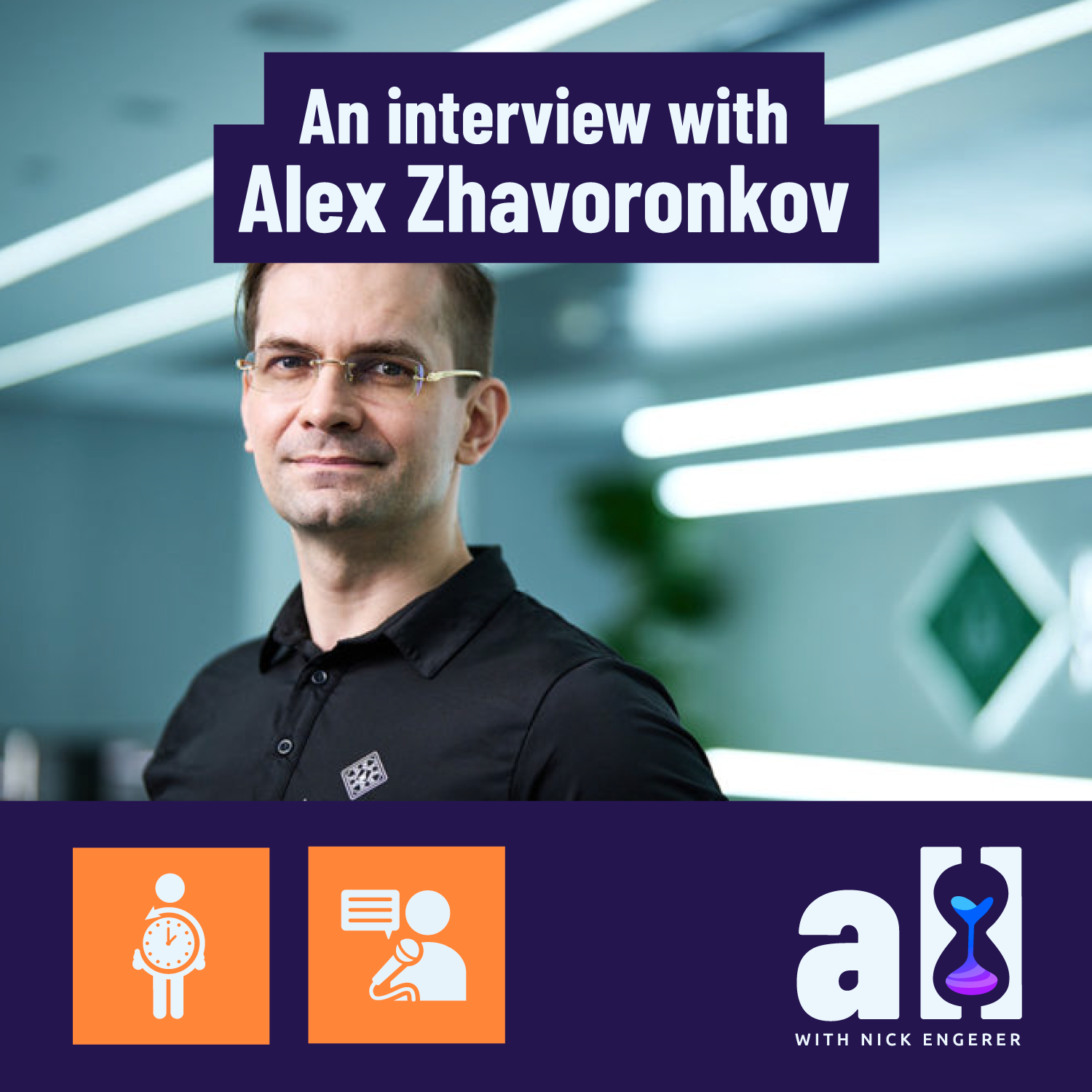
Deep longevity, biological age and the future of Longevity as a service - an interview with Alex Zhavoronkov
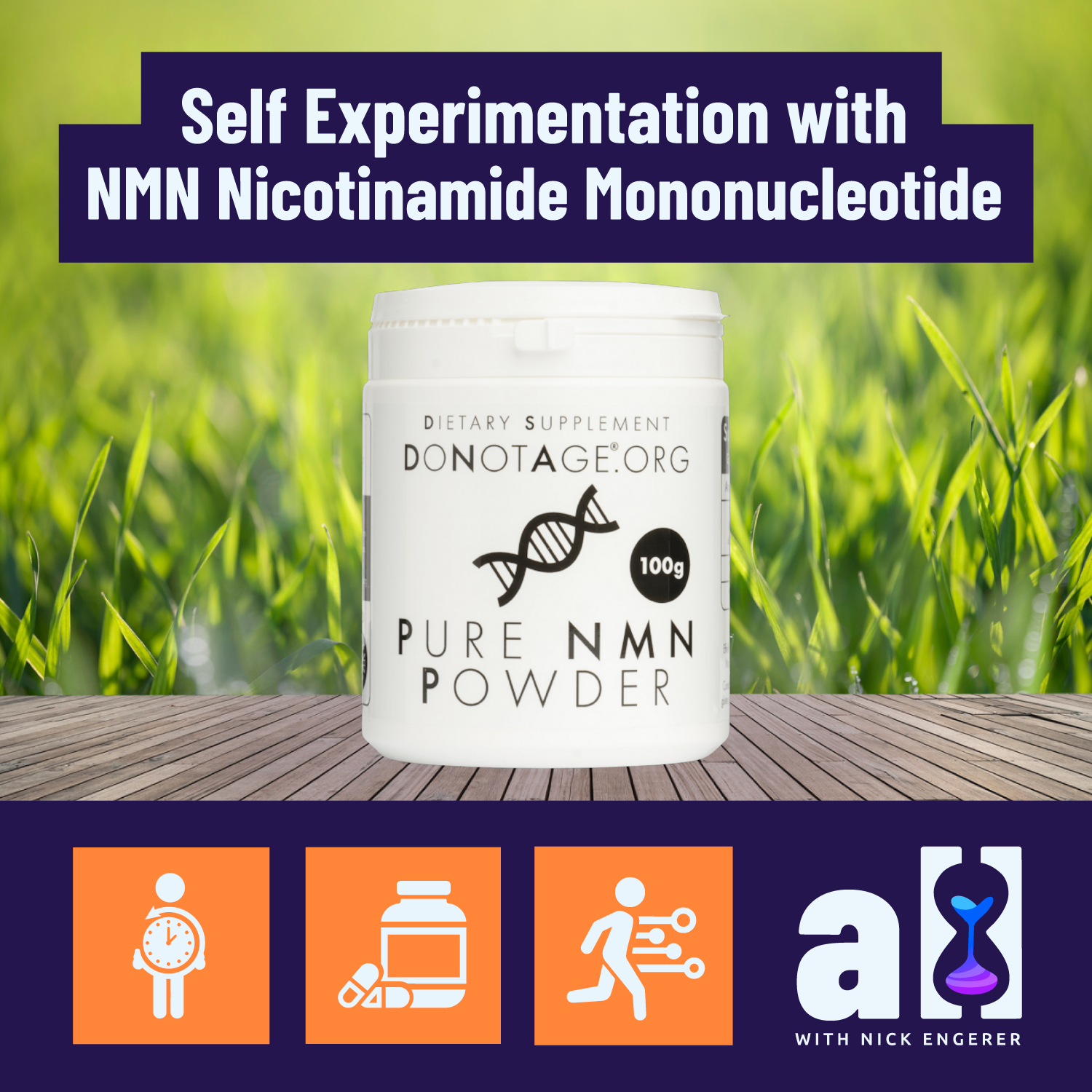
Self experimentation with NMN Nicotinamide Mononucleotide
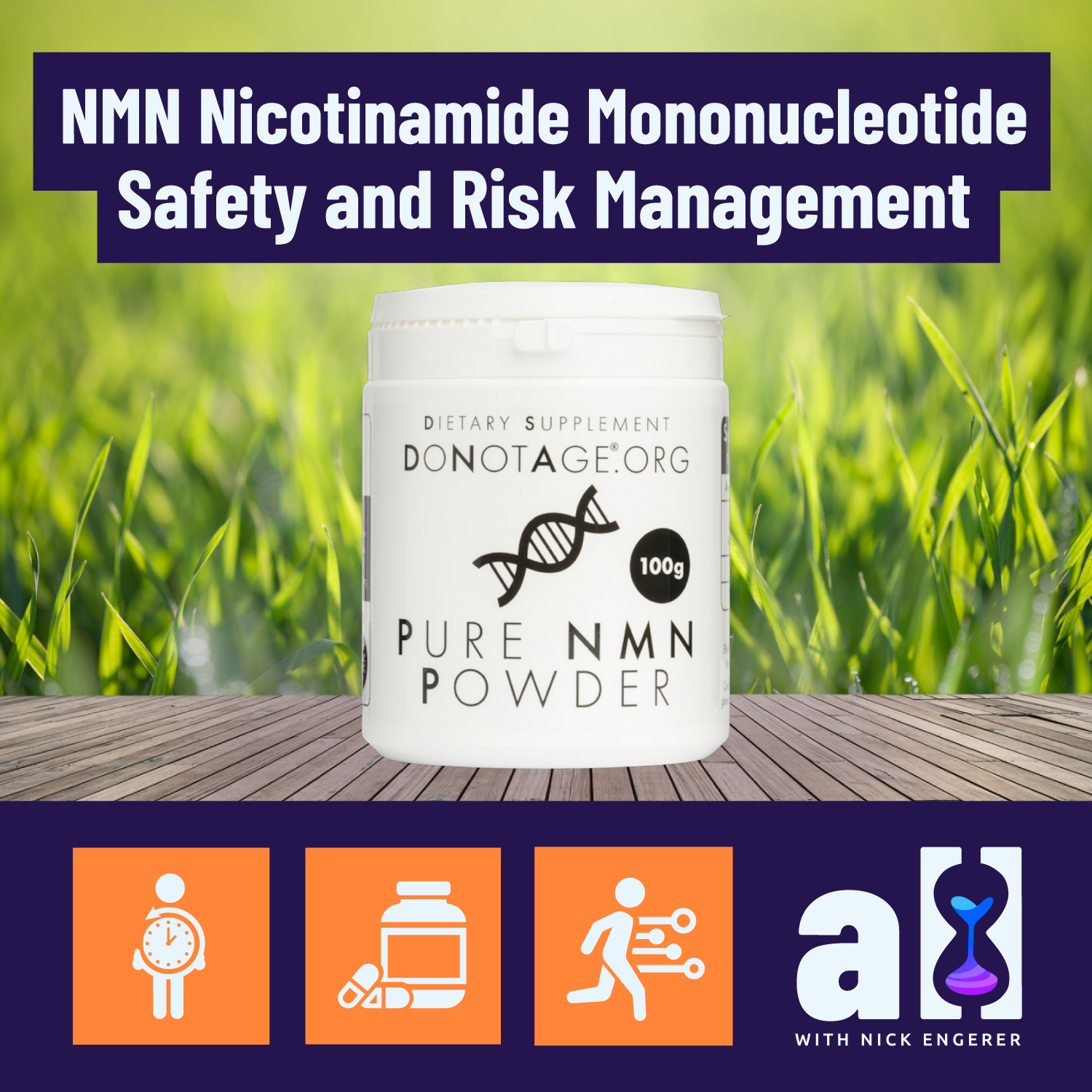
NMN - Nicotinamide Mononucleotide safety and risk management

Four tools for managing cardiovascular disease risk
Body composition data - Tracking lean muscle mass and fat over time
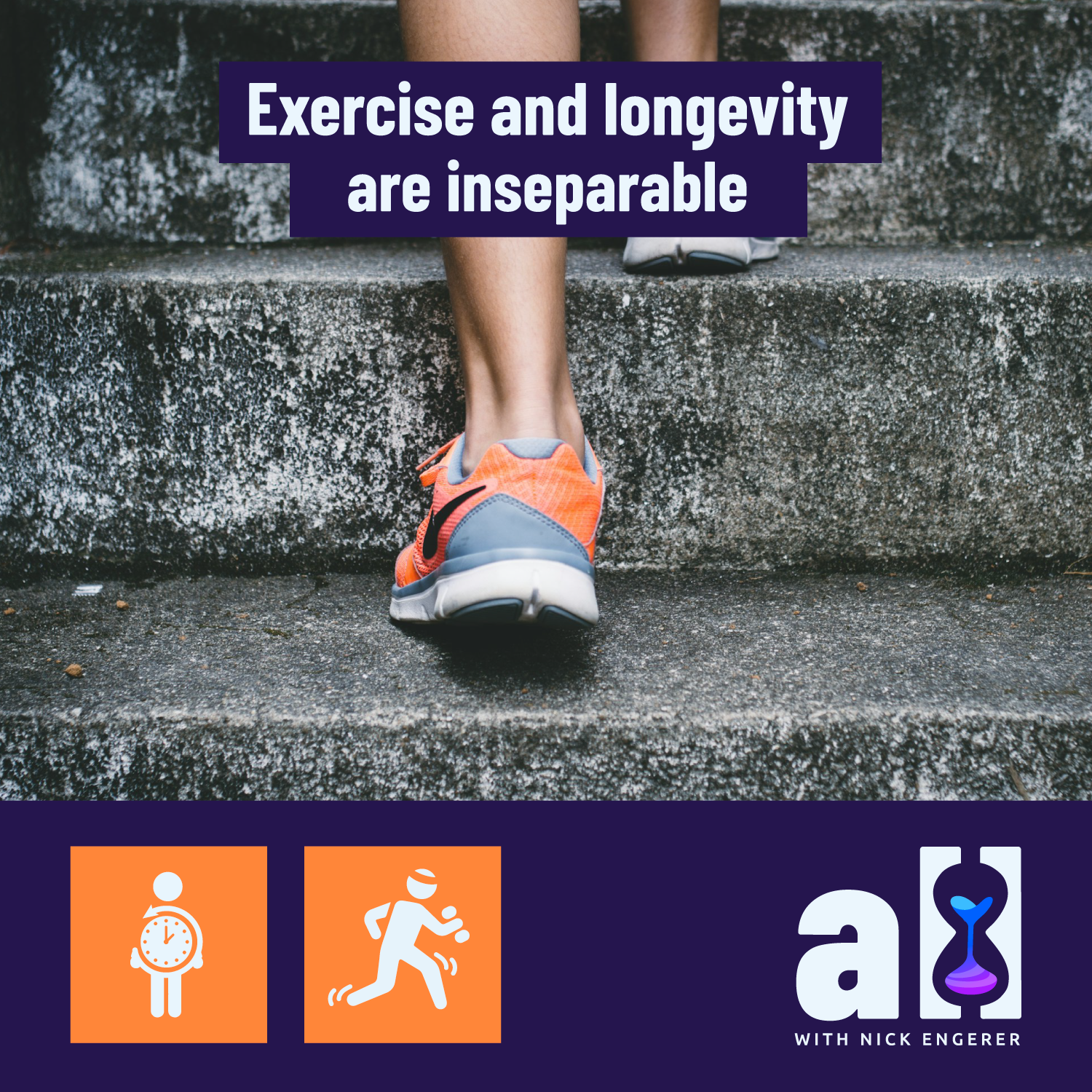
Exercise and longevity are inseparable


